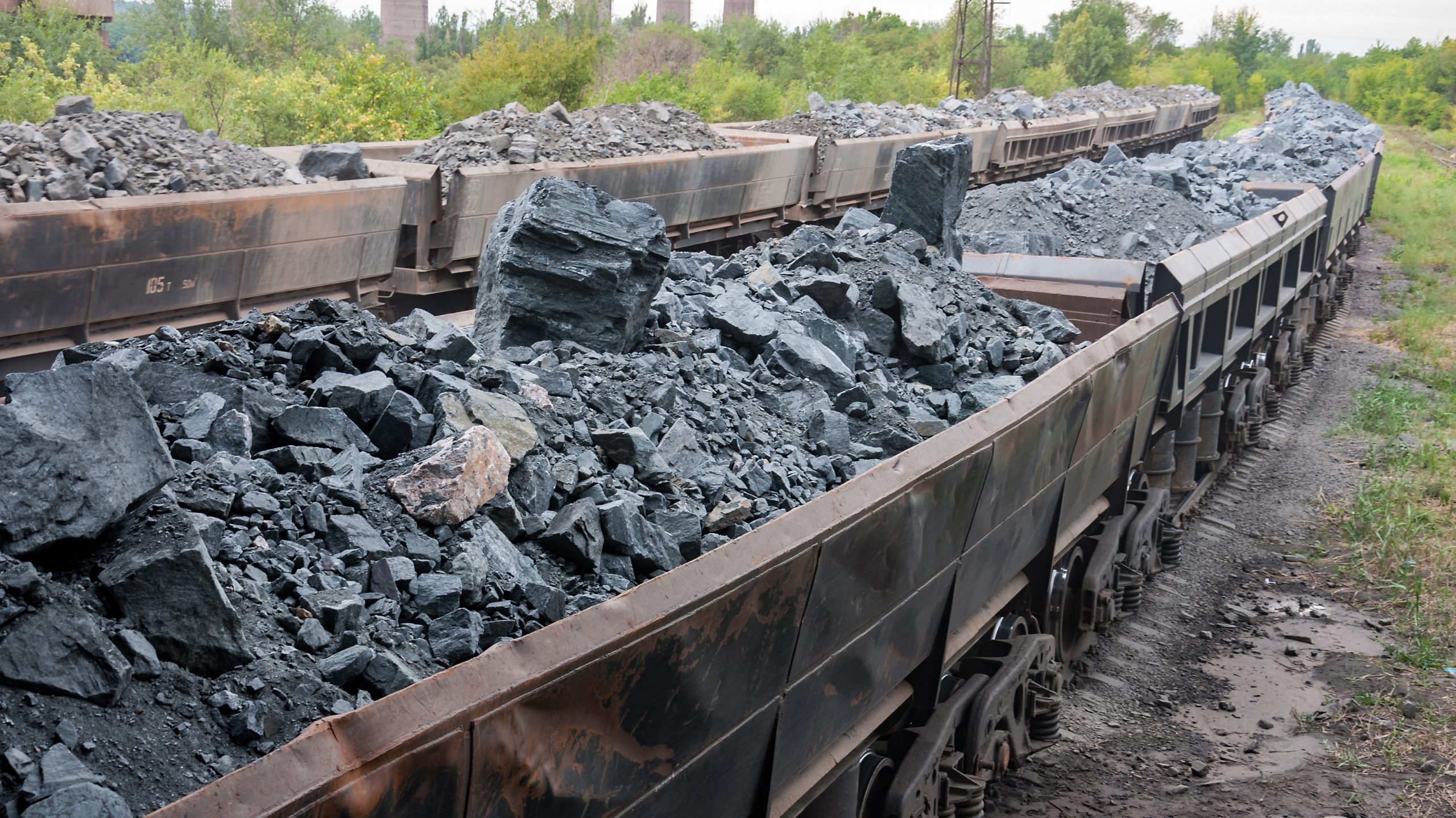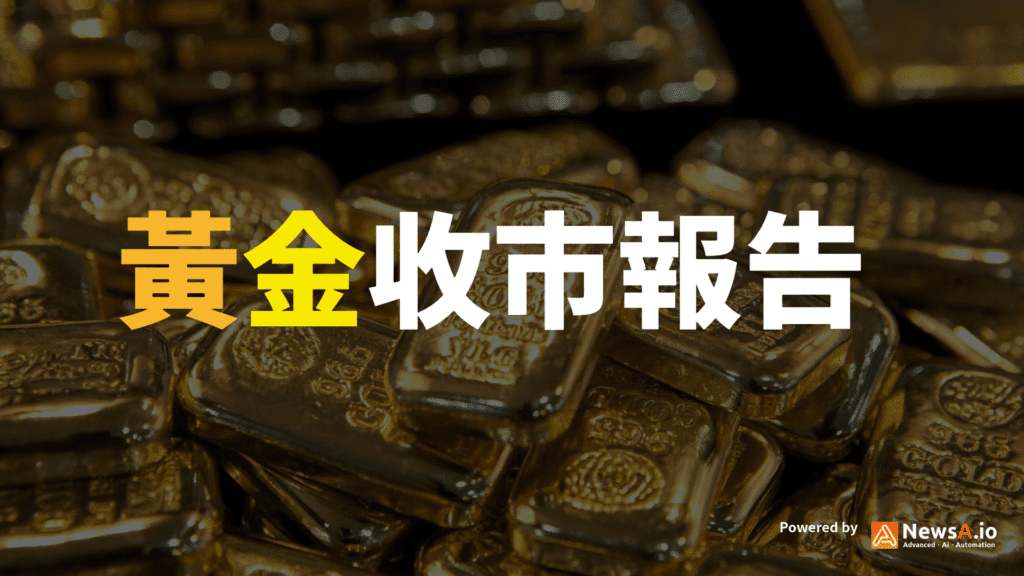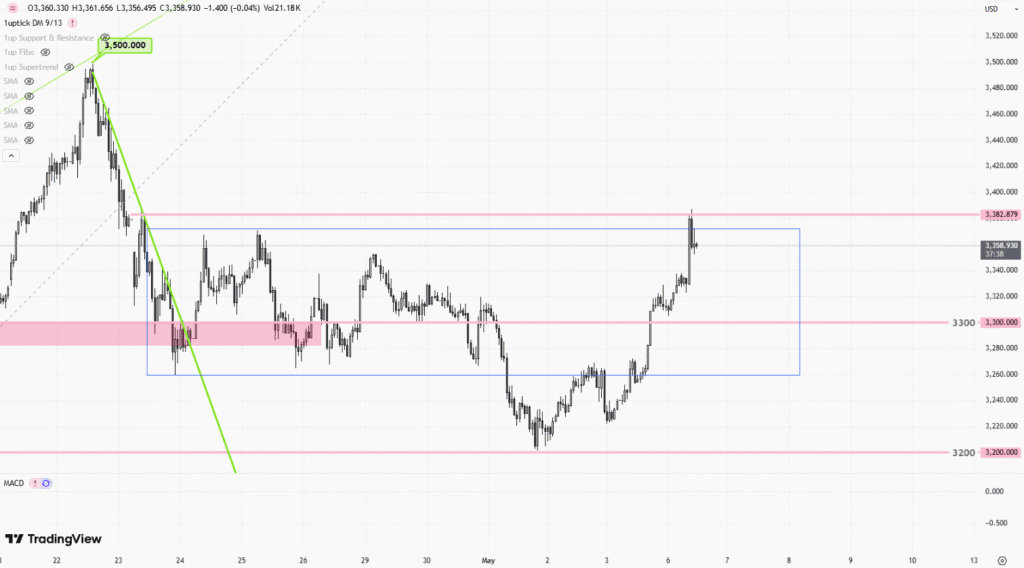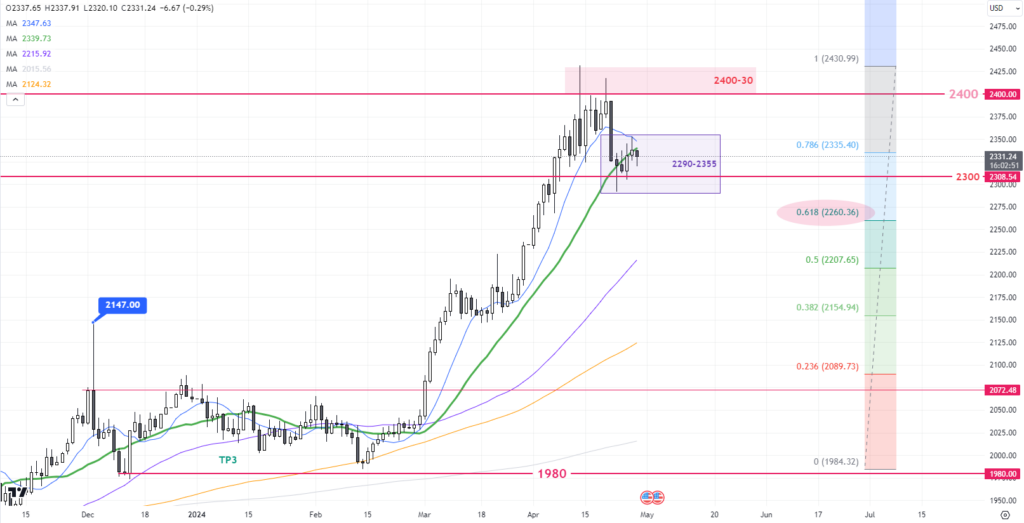 |
| Gold V.1.3.1 signal Telegram Channel (English) |

Global Steel Markets Shake as Trump’s Tariffs Disrupt Trade
2025-03-12 @ 17:32
The Global Steel Industry Faces New Trade Challenges as Trump’s Tariffs Shake Markets
Tariff Implications: The Fallout of Trump’s Latest Trade Offensive
The global steel industry is bracing for a turbulent period as U.S. President-elect Donald Trump announces a 25% tariff on steel imports from Canada, Mexico, and China. The justification? Concerns over drug trafficking and illegal immigration. However, this move is poised to disrupt international trade and could potentially violate existing free trade agreements.
Some of the key consequences of this tariff policy include:
- Rising U.S. steel prices: Domestic mills are already experiencing upward price momentum for ferrous scrap.
- Inflation concerns: Higher steel prices might translate to costlier consumer goods and infrastructure projects.
- Job market impact: While some U.S. steel jobs may be buoyed by the tariffs, industries relying on imported steel could suffer losses.
Experts predict that ferrous scrap prices are likely to rise by $20 to $40 per ton in March 2025 as a result of these trade barriers. Traders and manufacturers are closely watching how supply and demand adjust in the coming months.
Global Steel Demand and Production Trends in 2025
Despite political turbulence, global crude steel production is expected to increase in 2025, marking the first annual growth since 2021. Several key regions will drive this expansion:
- North America and Europe: Increased production as domestic markets adjust to shifting trade policies.
- Middle East and India: Strong demand forecasts, driven by new infrastructure projects and economic expansion.
- China’s steel production decline: Expected to fall below 900 million tonnes by the decade’s end.
India’s steel industry, in particular, is poised for significant gains, propelled by substantial domestic capacity expansion and continued structural demand.
Regional Impacts: Winners and Losers in the Steel Trade War
The rising trade tensions caused by tariffs are having a direct impact on regional steel industries:
Europe: Modest Recovery with Trade Protection Benefits
Although European crude steel production should show modest growth in 2025, regional producers are still facing uncertain demand conditions. Trade barriers against lower-cost imports will provide some relief, but challenges remain in:
- Declining demand for specific alloys like ferro-vanadium and ferro-chrome.
- Potential industry stagnation if EU policymakers don’t take urgent action.
Middle East and North Africa (MENA): A Hub for Growth
The MENA region is expanding steel production capacities and positioning itself as a green steel investment hub. New construction demand and evolving building codes in countries like Turkey are fueling the industry’s momentum.
Green Steel: A Growing Market Trend
As steel trade battles rage, the push for low-carbon emission steel is gaining traction across select markets. European and Asian steelmakers are securing premiums for green steel products, while the U.S. lags in establishing its own pricing advantage for low-emission steel.
The reason? The U.S. overwhelmingly relies on electric-arc furnaces (EAFs), which already produce lower-emission steel compared to conventional methods used in other regions. However, market interest is growing, with rising demand from the automotive and construction industries.
Trade Defense Measures: A Tightening Noose on Chinese Steel
The global steel trade is witnessing protectionist policies aimed at curbing Chinese exports, which could ripple across other major markets in 2025. From January to October 2024, a staggering 23 trade defense cases were launched against Chinese steel—far higher than the 15 cases filed in the previous three years combined.
Some possible outcomes of these measures include:
- Severe constraints on Chinese steel exports, limiting their market reach.





![[Daily Closing 🔔] Gold – Gold Prices Surge on May 6, 2025 Amid Rising Market Uncertainty and Central Bank Buying](https://int.1uptick.com/wp-content/uploads/2025/05/2025-05-07T025824.761Z-file-1024x576.png)



